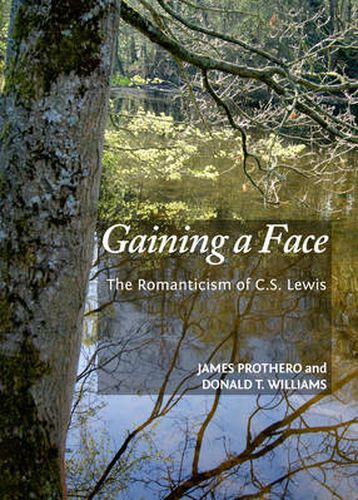Readings Newsletter
Become a Readings Member to make your shopping experience even easier.
Sign in or sign up for free!
You’re not far away from qualifying for FREE standard shipping within Australia
You’ve qualified for FREE standard shipping within Australia
The cart is loading…






Contrary to the popular perception that C.S. Lewis was merely a religious writer, there is a good case to be made for Lewis being one of the major British writers of the twentieth century if we look at him as a prime member of a resurgent Romantic movement after the Second World War. Much has been written on Lewis’s thoughts on joy, a central aspect of his Romanticism. However, Lewis was at the same time a rationalist, and managed to merge his Rationalism with his Romanticism in a unique and original manner. And his Romanticism likewise was complex and owed much to both George MacDonald and, through the medium of MacDonald’s thought, to the Romanticism of William Wordsworth.This study traces the aspects of Lewis’s romantic thought as it is drawn from MacDonald, Wordsworth and other influences, and traces how, beyond his fascination with joy, Lewis constructed a consistent romantic vision that allowed for a balance with reason and stood in contradiction to the literary movements of his time.
$9.00 standard shipping within Australia
FREE standard shipping within Australia for orders over $100.00
Express & International shipping calculated at checkout
Contrary to the popular perception that C.S. Lewis was merely a religious writer, there is a good case to be made for Lewis being one of the major British writers of the twentieth century if we look at him as a prime member of a resurgent Romantic movement after the Second World War. Much has been written on Lewis’s thoughts on joy, a central aspect of his Romanticism. However, Lewis was at the same time a rationalist, and managed to merge his Rationalism with his Romanticism in a unique and original manner. And his Romanticism likewise was complex and owed much to both George MacDonald and, through the medium of MacDonald’s thought, to the Romanticism of William Wordsworth.This study traces the aspects of Lewis’s romantic thought as it is drawn from MacDonald, Wordsworth and other influences, and traces how, beyond his fascination with joy, Lewis constructed a consistent romantic vision that allowed for a balance with reason and stood in contradiction to the literary movements of his time.